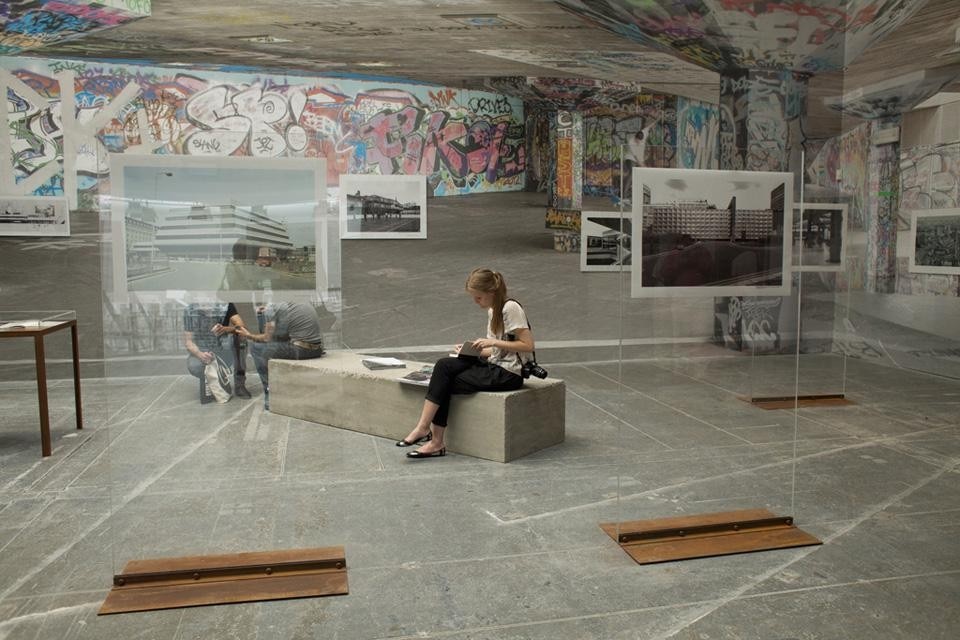Public Works celebrates the bureaucrat.
The exhibition features fifteen civic buildings from the late 1950s through the early 1970s, designed by architects employed in public works departments across European cities. The politics of these municipal organizations cover a spectrum from "left-leaning" to Socialist to Communist. The title of each project itself a banal microdrama: County Hall Island Block Extension (1970) by the Greater London Council Department of Architecture and Civic Design; Centre Administratif, Patin (1973) by the Architecte Conceil du Ministère de la Reconstruction et de l'Urbanisme; or Akademie der Künste (1959) by Stadtbaurat, Berlin.
Given the timeframe, it's understandable that a Brutalist thread runs through the large black and white drawings and photographs illustrating each project. Those images of blocky concrete edifices (already darkened with ominous weathering) are set against a life-sized, digitally printed mural of a present-day interior of one such structure — the Undercroft below Queen Elizabeth Hall in London's Southbank Centre — garishly tagged with graffiti. The result: a sublime toast to the almost ugly, pedestrian architecture of the period.
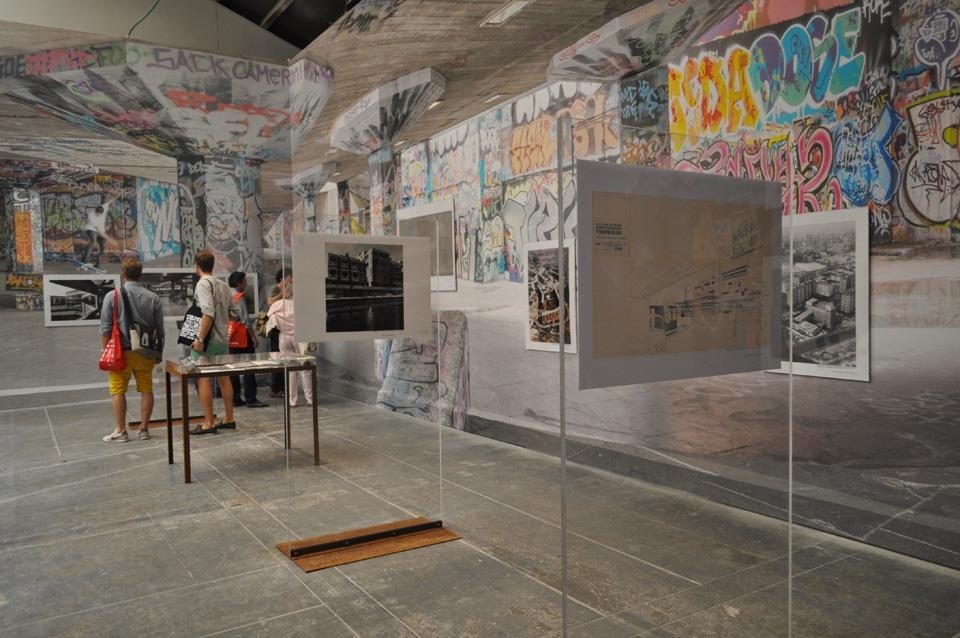
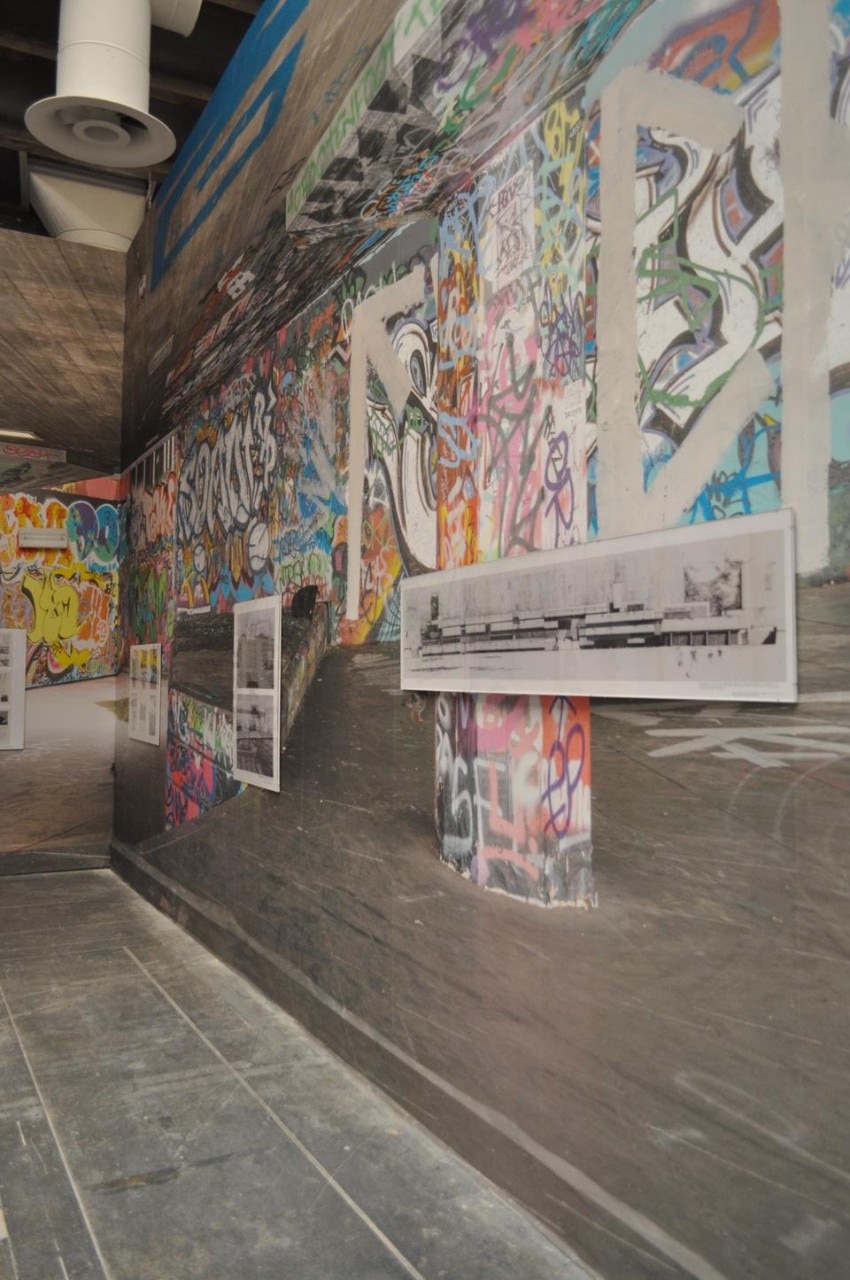
"In the age of the "starchitect", the idea of suspending the pursuit of a private practice in favour of a shared ideology seems remote and untenable. However, given the number of architects that made that choice, forty years ago serving the public cause proved a powerful source of inspiration… one might even call it common ground."
There's an overt "archival" motif in the gallery: glass vitrines full of ledgers, diagrams, and paperwork, each artifact meticulously annotated with a handwritten label. As such, OMA and De Graaf step even farther away from the role of architect or curator and towards archivist or, even more prosaic, clerk
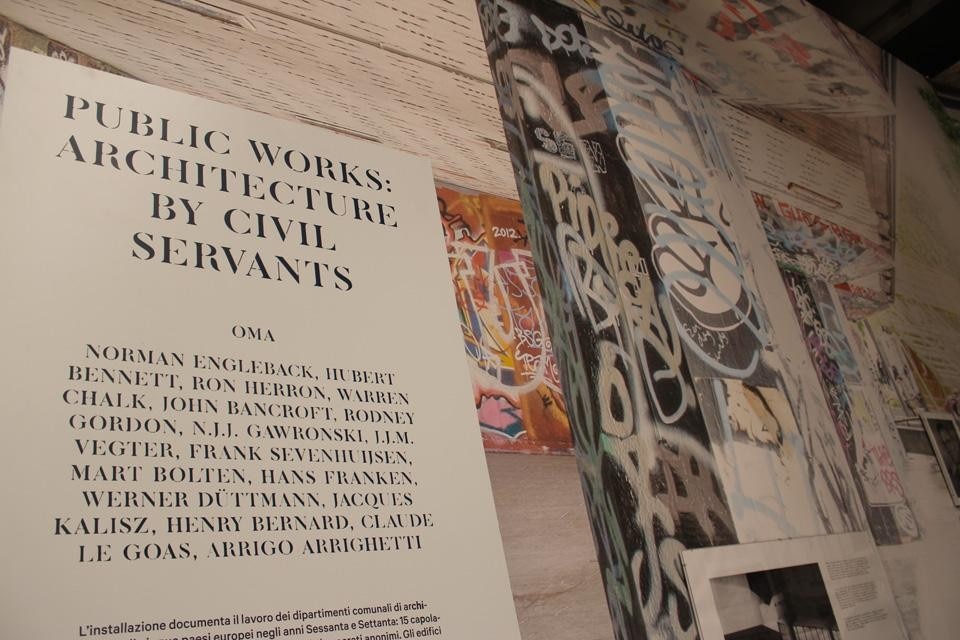
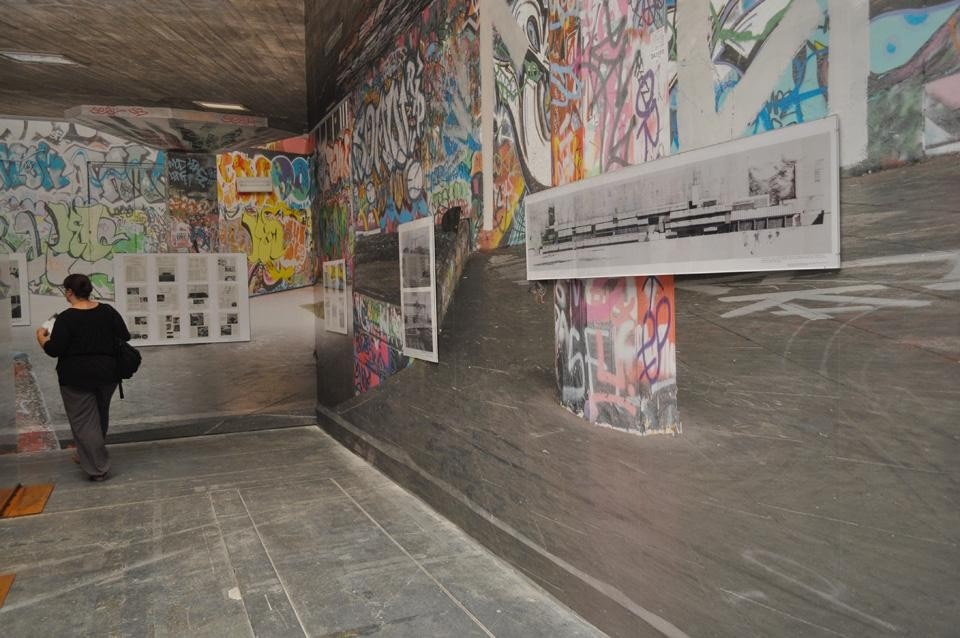
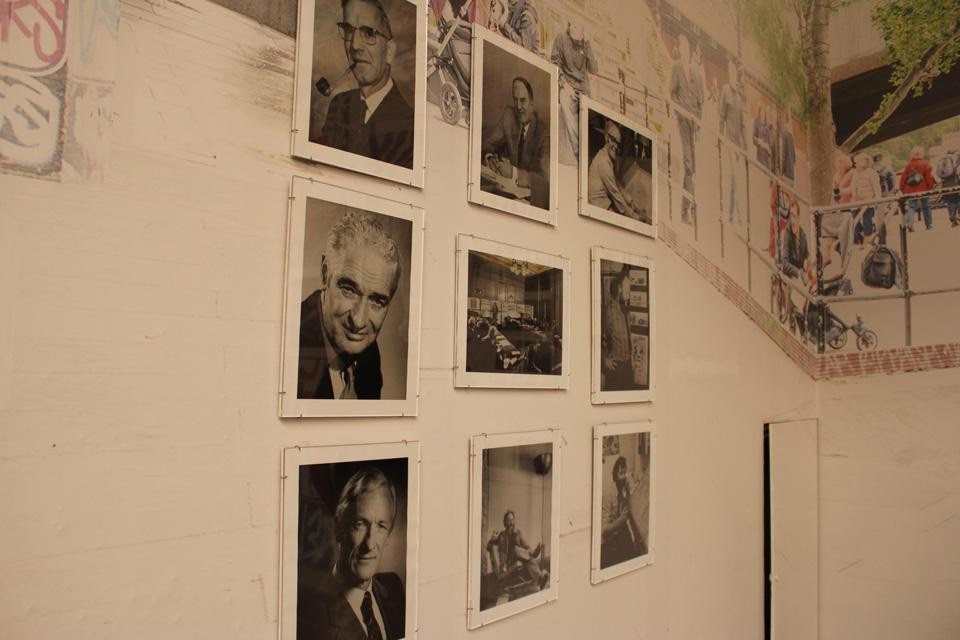
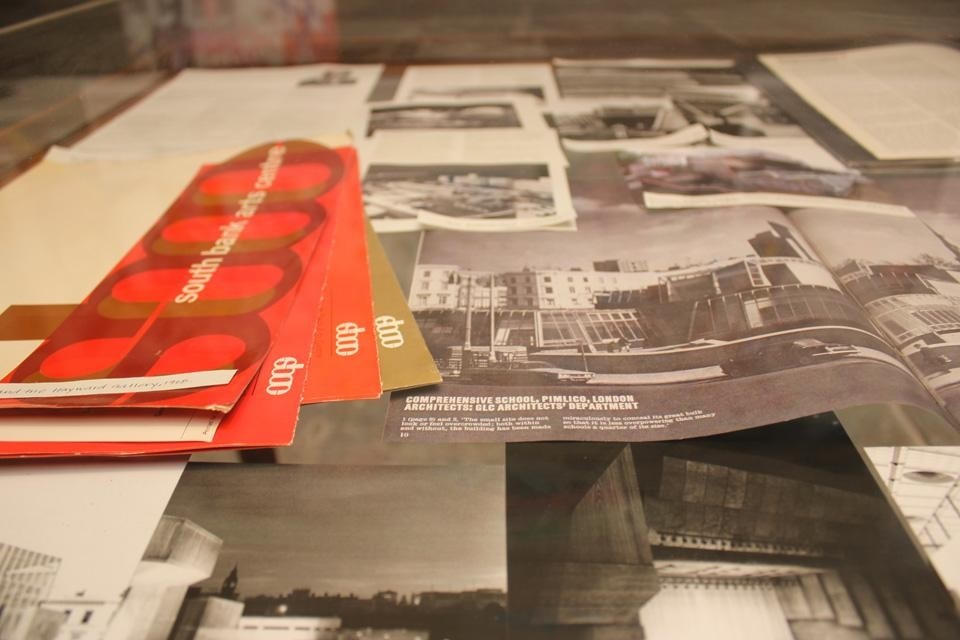
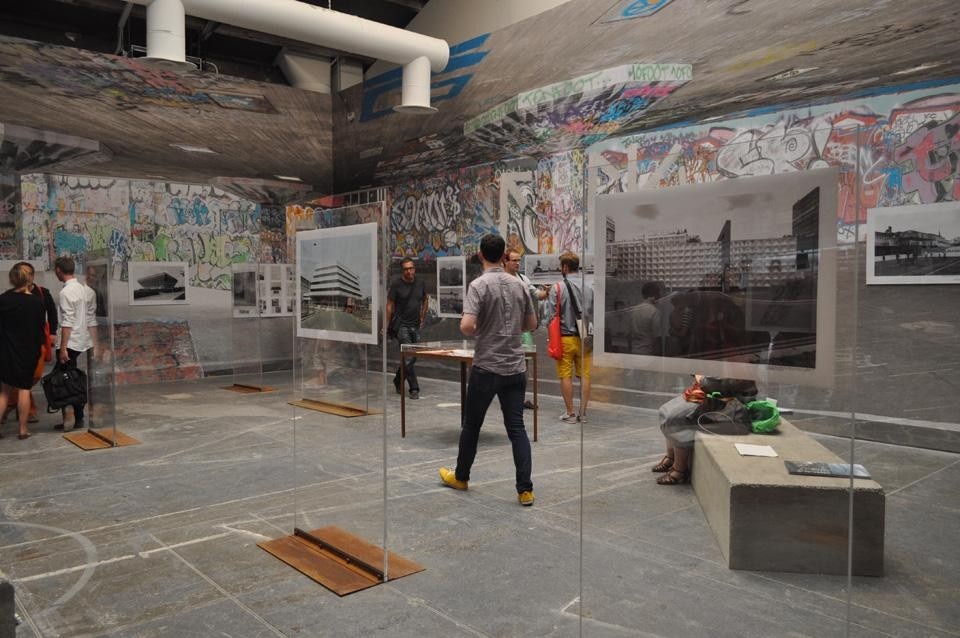

Design and ceramics renew a shopping center
FMG Fabbrica Marmi and architect Paolo Gianfrancesco, of THG Arkitektar Studio, have designed the restyling of the third floor of Reykjavik's largest shopping center. Ceramic, the central element of the project, covers floors, walls and furniture with versatile solutions and distinctive character.


